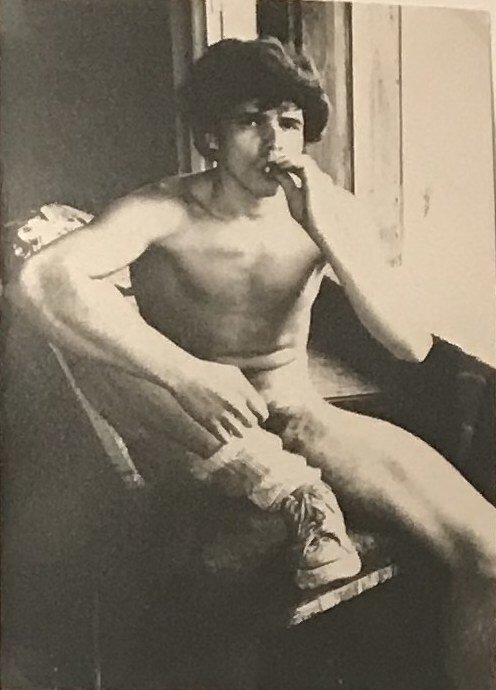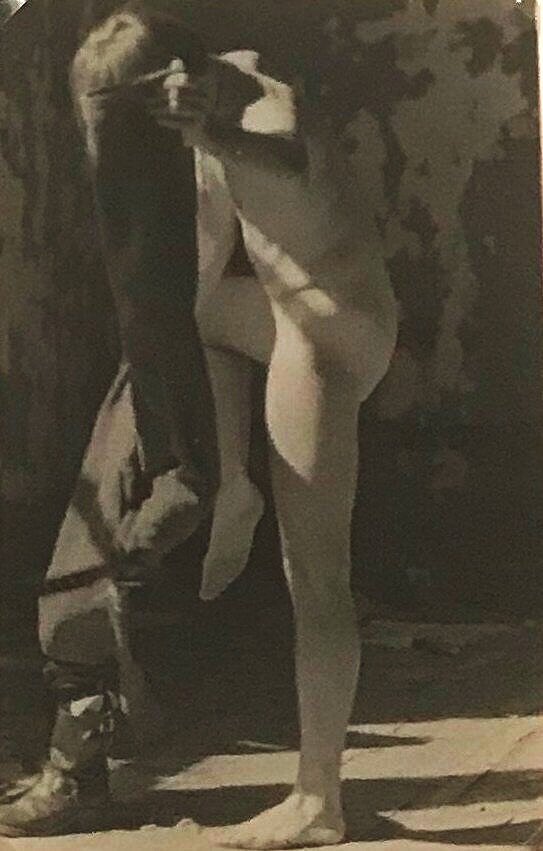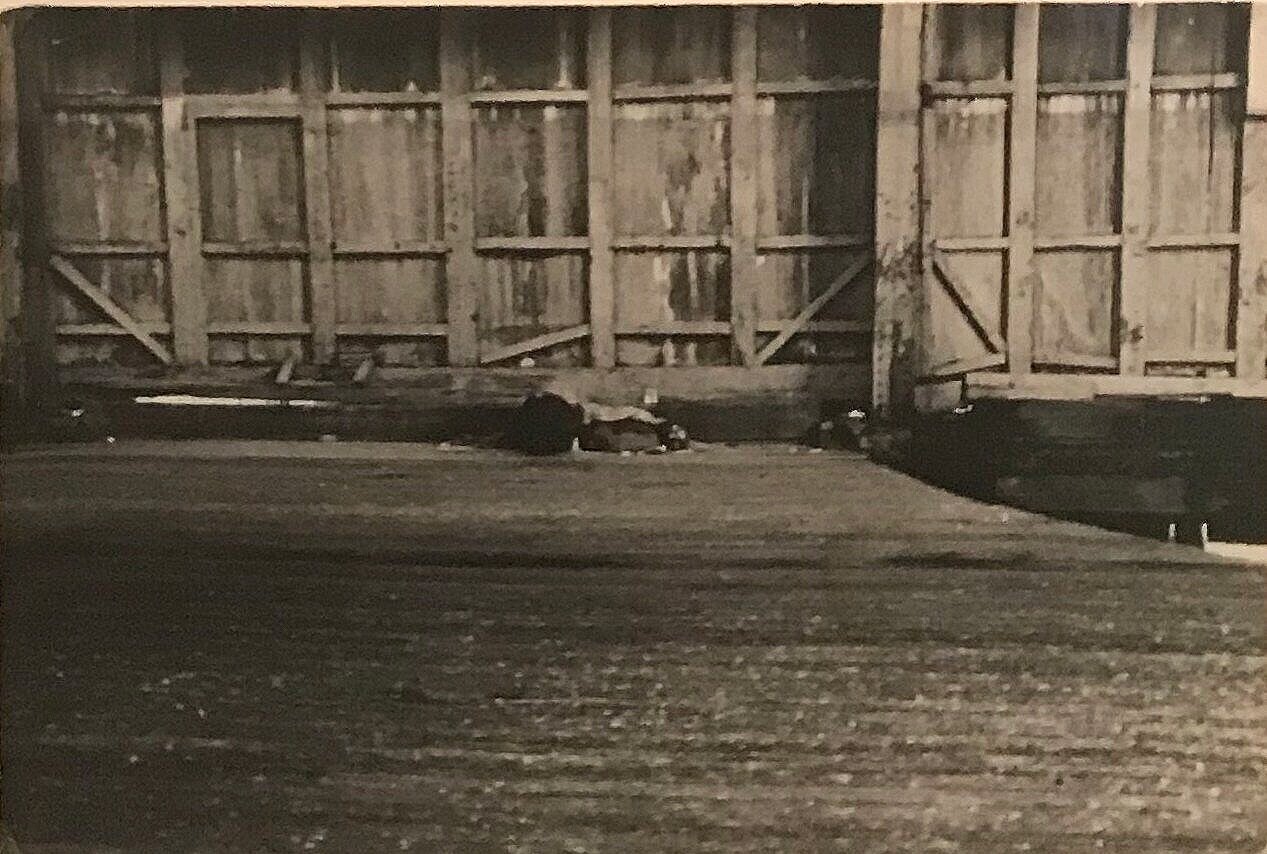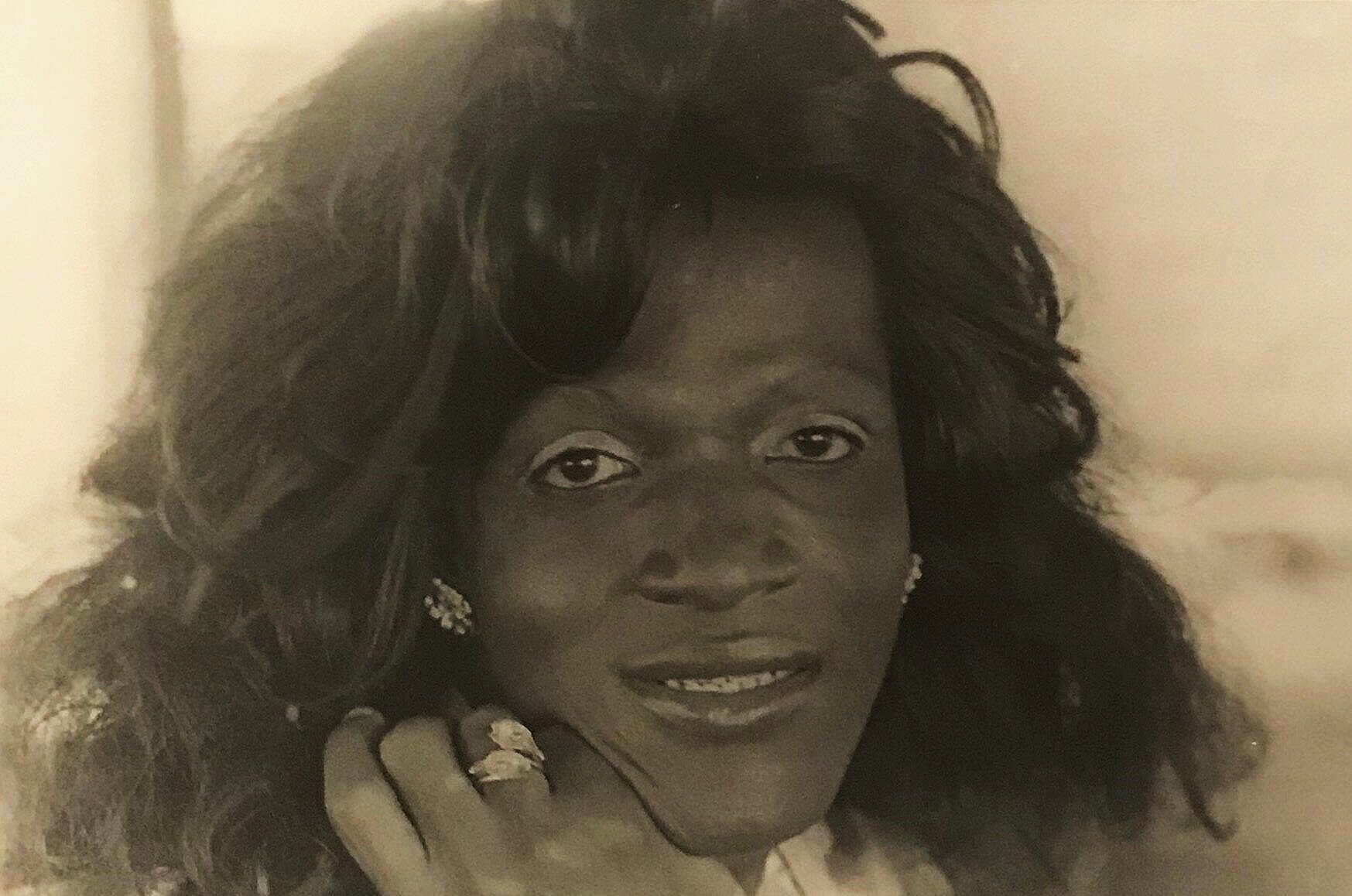Domestic Violence Spikes during Pandemic
(Photo credit: Pixabay)
By July Torres
“No victims should be trapped with their abusers. It’s inhumane,” said Danielle Sosa, a Lehman junior majoring in social work.
But as coronavirus policies force people to stay home, that is exactly what is happening. Domestic violence calls in New York rose 15 percent in March, and 30 percent in April, according to New York State Governor Andrew Cuomo at his May 1 press conference. 2,019 felony assault complaints were made in the first quarter of 2020, compared to 1,894 in the first quarter of 2019. While the quarantine serves as a way to save lives from the deadly virus, for many, this means staying in an unsafe environment.
Lehman students stand in solidarity with survivors of domestic violence.
“I used to be in an abusive relationship, and it was difficult enough,” Sosa said. “I can only imagine what victims are going through [now] being stuck at home. They should definitely call for help or go to a safe website because whether they stay inside or go outside, they’re risking their lives.”
Kira Gill, a senior majoring in English, is currently worried about a cousin “whose relationship with her boyfriend is a bit toxic.”
The tension caused by the pandemic can generate volatile conditions. According to CNN, an abusive environment can develop as a result of stress caused by lockdown orders, among other factors.
For domestic violence victims, work or school served as a safe haven, but they’re now restricted to their homes without protection. NBC reported that experts feared domestic abuse cases would increase as residents of cities and states are ordered to stay home due to COVID-19.
“It is difficult being cooped up with an abuser,” said Shoshana Kaish, a counselor at Lehman’s Counseling Center. “Students used to go to campus just to get away and no one would question them because they’re in school, and now they can’t do that.” Kaish told the Meridian she has not noticed a clear increase in calls from Lehmanites, but acknowledged that stress during a pandemic can result in more domestic violence incidents.
“We can’t force people to leave, but we try to build their confidence and self-esteem. Lehman students should visit Safe Horizon,” said Kaish.
When asked how safe it would be to visit a website that may be tracked by an abuser, Kaish assured that “Safe Horizon has an escape button which will take you straight to Google.”
Governor Cuomo has also encouraged victims to reach out to the state’s domestic violence hotline online or by text. On May 7, CBS reported that New York City Mayor Bill De Blasio announced a task force to take on domestic and gender-based violence during the pandemic, and urged those in need of a safe place to stay to call the city’s free hotline.
The Final Goodbyes of Basketball Legend, Kobe Bryant
A Memorial for Kobe Bryant. (Photo Credit: ROBYN BECK/AFP via Getty Images)
By July Torres
As family, friends, and fans gathered at the Feb. 24 memorial service for legendary basketball player Kobe Bryant and his 13-year-old daughter Gianna “Gigi” Bryant, Lehman students also mourned the sudden death of the fallen Lakers star.
Bryant tragically passed away after a helicopter carrying him crashed into the side of a mountain in California with seven other people aboard on Jan. 26. The crash cut short a career that included winning five NBA championships as a Los Angeles Laker over a 20-season career, and an Academy Award for Best Animated Short Film for Dear Basketball.
“He died out of nowhere,” said Juan Ruiz, a history freshman. “I feel bad that children will be without their father. He was more than a player; he was a father figure.”
Other students agreed. “I’m not a huge basketball fan, but I knew of and respected Bryant,” Jessica Ortiz, an English freshman told the Meridian. “I don’t watch basketball, but I think everyone knows who Kobe is and was affected by his death. He seemed like a great father; it’s all very sad.”
Some Lehmanites admitted to feeling emotional while watching the memorial, which was attended by over 20,000 of the 80,000 people who had applied, according to ESPN.
Bryant’s wife, Vanessa Bryant, reminisced about the romantic union she shared with her husband, CNN reported.
“He gifted me the actual notebook and the blue dress Rachel McAdams wore in ‘The Notebook’ movie. When I asked him why he chose the blue dress, he said it was because it’s the scene when Allie comes back to Noah. We had hoped to grow old together like the movie. We really had an amazing love story,” she said at the service.
Janelle Gardner, an English major, Lehman senior and basketball fan, said: “[His wife]’s speech was very touching, I cried watching it. Kobe means a lot to many kids playing basketball today.”
“I don’t know how [his wife] found the strength to even speak. It was so hard to watch,” said Kelvin Ford, a speech pathology and audiology major and sophomore.
Vanessa Bryant delivering a speech at the memorial service. (Photo Credit: Wally Skalij via Los Angeles Times)
Celebrities also paid tribute at the memorial. Beyoncé performed her songs Halo and XO, which she expressed was one of Bryant’s favorite songs, according to Billboard. Christina Aguilera sang “Ave Maria” in Italian, as Bryant grew up in Italy, The Today Show reported; meanwhile Alicia Keys performed “Moonlight Sonata,” which she said on Twitter that Bryant learned to play for his wife.
According to The New York Post, Michael Jordan mourned Bryant in tears as he gave a speech about their relationship, while Shaquille O’Neal talked about their friendship on and off the court. “Kobe and I pushed on another to play some of the greatest basketball of all time,” said O’Neal.
ESPN reporter, Elle Duncan, shared a story about the time Bryant at an event. Duncan, who was pregnant at the time, asked Bryant, who has four daughters, about having more girls. According to Duncan, Bryant replied, “I would have five more girls if I could. I am a girl dad.”
Even though Ford preferred Michael Jordan, he appreciated Bryant’s skills on the court. When asked what he believes Kobe’s legacy is, he responded, “The mamba mentality that so many developed, and the legacy of family.”
‘Young, Gifted and Black’ Showcases Thought-Provoking Collection
“A Mother Who Had No Mother” by Chiffon Thomas expresses gratitude for her mother’s strength and guidance. (Photo Credit: July Torres)
By July Torres
Featured at Lehman, “Young, Gifted and Black: The Lumpkin-Boccuzzi Family Collection of Contemporary Art” is part of a traveling exhibition that sheds light on the work produced by over 40 artists of African descent and is drawn exclusively from the private Bernard I. Lumpkin and Carmine D. Boccuzzi collection. Lehman’s presentation of the exhibit is an opportunity for black artists to display their contemporary art, giving visibility to otherwise underrepresented, talented artists and their work.
While some pieces in the collection have been lent to museums for many years, “Young, Gifted and Black” is the first stand-alone public exhibition where selected artworks are displayed for public consumption. Lumpkin began his collection over 10 years ago, and now owns nearly 500 works of art, which are split between his home and his husband’s law firm.
The death of his father prompted Lumpkin to learn more about his African heritage and to begin his collection of black art he told ARTnews.
“Though I support artists of all ages and backgrounds through my service, I choose to live with artists of color because I want people to know—when they meet me or come to my home—my background,” Lumpkin said.
The works of art that hang on the wall of the exhibition are instantly thought-provoking. Visitors can sense at first glance that there’s more than meets the eye, but what does meet the eye is aesthetically pleasing. The art, however, is elevated further when the work is analyzed and the stories it possesses are unveiled.
“Too White To Be Black” by Bethany Collins showcases the complexity of racial identity. (Photo Credit: July Torres)
“Too White to Be Black” by Bethany Collins resembles a black classroom chalkboard that stands out and can be easily spotted from a distance. A piece with subtle meaning, it is open to different interpretations. There is a prominent blackness that represents how she identifies as a black woman. There is white writing of words that represents her other race. The words are either faded or erased almost entirely, expressing confusion, which symbolizes Collins’ difficulty with her identity as a mixed-race person.
In Chiffon Thomas’ piece titled “A Mother Who Had No Mother,” the artist emphasizes the importance of black mothers and motherhood. The inspiration behind Thomas’ work is her mother, who guided her to be who she is today; the artwork depicts a woman sitting on a soft-pink chair, which appears to be floating, giving the impression that she thinks highly of the woman. There is a hollow cutout of a child on her lap, as if intentionally averting attention from it, making her mother the sole focus of her art.
Thomas expressed appreciation for her mother’s supportive role, despite lacking support of her own by making her the focus of the artwork. This piece successfully sets her mother as the cornerstone by putting her on a pedestal, accurately exuding a tender and admiring feeling.
“Sleep: Deux Femmes Noires” by Mickalene Thomas depicts the normalization of homosexual love. (Photo Credit: July Torres)
While the exhibition concentrates on black artists, much of it also focuses on gender and sexuality.
Mickalene Thomas,’ “Sleep: Deux Femmes Noires” centers homosexual love by showcasing two naked black women sleeping together in a bed, while different photographs’ cutouts compose the outside spacious, grassy setting. This conveys a feeling of peace, freedom, and power. The collage of photos seemingly puts together what was once separate: lesbianism, sexual agency and normalization.
The “Young, Gifted and Black” exhibition at Lehman will run from Feb. 8 until May 2.
Bronx Museum’s Alvin Baltrop Exhibit Pays Powerful Tribute to LGBT Community
By July Torres
A new exhibit at the Bronx Museum featuring photos by Alvin Baltrop captures the strength and beauty of the LGBT community in the 70’s and 80’s. Overlooked and under-appreciated until recently, Baltrop’s rare photography sheds light on gay culture, and shows his admiration for a community that was often overlooked during this time period.
Born on Dec. 11, 1948, Baltrop worked a series of jobs to make ends meet. When he joined the U.S. Navy as a medic in 1969, he began photographing sailors at leisure and managed to capture a sense of authenticity, as well as spontaneous moments at the New York City piers.
Baltrop’s exhibit is housed in a warm, spacious gallery where his photographs hang neatly against a bland, gray wall.
In his description of the exhibit, the museum’s Director of Curatorial and Education Programs, Antonio Sergio Bessa, wrote, “[Baltrop’s] photographs might strike the viewer as innocuous scenes of male bonding, but soon they reveal, by accrual, Baltrop’s erotic pursue.”
A number of pictures of nude men hang amongst pictures of vacant places and random scenery. His photographs hold a smidge of innocence, but deeper into the room, the rawness gives viewers insight into the photographer’s own desires.
These images make viewers experience feelings of curiosity Baltrop must have felt when taking them. It is clear when stopping to admire his photographs that he was displaying his appreciation for sexuality in the hectic environment of the 80’s.
Baltrop’s work is personal, yet he seemed like an outsider that archived his experiences with his camera as if in a diary. Whether done consciously or not, Baltrop’s photography is a form of documenting; through his lens, he recorded both his time in the Navy and at the piers in an unrehearsed way.
In spite of the nudity and innuendos, Baltrop’s photography does not come across as vulgar. The photographs are intimate and full of freedom, mostly depicting naked men who sunbathe comfortably around each other conveying peace. Nearly all of Baltrop’s photographs at the exhibit reveal skin. He seemed to appreciate the beauty of the male body, as it is a major focus in his art at the exhibition.
A photograph that stands out is the portrait of transgender activist Marsha P. Johnson, a pioneer who was at the forefront of the Stonewall Riots and gay rights movement. In the photograph, Johnson gently places her head on her hand and smiles subtly while Baltrop’s lens admires and captures her beauty. Johnson’s presence is so illustrious that it is difficult to miss this work of art in a sea of photographs.
In the 1960’s, bars in NYC were not granted licenses if they served gay people; police were able to get a warrant to raid Stonewall, where they arrested 13 people. Bar patrons fought back and supporters also joined, inciting the Stonewall Riots that lasted nearly six days. Johnson and her friend, Sylvia Rivera, helped find the organization Street Transvestite Action Revolutionaries (STAR), which sheltered homeless and transgender youth.
Manhattan’s West Side piers became a stint for the community in the 70’s and 80’s where gay men would sunbathe, cruise, and hook up. Later, the place was riddled with drugs, prostitution, and violent crimes, but even so, Baltrop was drawn to the piers and spent a significant amount of time there with his camera.
Through his lens, Baltrop saw and captured genuine moments of vulnerability and liberation. As soon as you enter the exhibit, you feel that his photographs are a primary source for the gay culture which existed at the time. The exhibit will run from Aug. 7 to Feb. 9, 2020.




Indigenous Communities Fight to Ban Columbus Day
By July Torres
Lehman students stand with efforts to remove Columbus Day as a federal holiday.
“What Europeans did to Native Americans shouldn’t be celebrated,” said Jocelyn Rodriguez, a Lehman freshman majoring in social work. “I mean, there were people there already, so he didn’t discover anything. He was simply lost.”
“A bunch of people were enslaved and killed, and we celebrate a day in honor of him discovering the land. Celebrating a holiday that has a murderer isn’t right,” said Gianna Gonzalez, a junior film and television studies major. “While changing it isn’t going to bring them back, it is a way to remember what happened in the past.”
The state of New York still recognizes Columbus Day despite years of critique and recent protests at Randall’s Island where New Yorkers gathered this October to celebrate indigenous people from around the world. Attendees celebrated by appreciating Native American culture, such as traditional wear, music and food. Mayor Bill De Blasio and Governor Andrew Cuomo, however, attended Manhattan's Columbus Day Parade instead.
The founder of the Indigenous Peoples Day event in New York City, Cliff Matias, told the New York Times he is not surprised politicians did not show up. He expressed his excitement seeing indigenous people and allies gathered.
“This isn’t a day about protesting Columbus, it’s about celebrating indigenous people,” Matias said. “But look around. There’s an eclectic mix of people here. Indigenous. Black people. Anglos. Allies from around the world. That makes it special.”
States can choose not to observe federal holidays, and CBS News reported that as of 2019, 13 states recognize Indigenous Peoples’ Day over Columbus Day, including Maine, Michigan, Alaska and South Dakota, the first state to recognize it in 1990.
As the movement for indigenous recognition continues to grow, Indian Country Today, a digital indigenous news site, compiled a list of several places in America that were holding events in support of native peoples. New York, Delaware, and Washington D.C., all held events
On Oct. 14, Lakota/Mohawk journalist Corinne Oestreich-Rice took over the Twitter account of AJ+. “Although Native Americans have discussed Indigenous Peoples’ Day since the 1970s, the movement gained popularity when Bay Area Natives pushed back on a planned reenactment of Columbus’ arrival,” she wrote. “After this, other cities in America followed suit to highlight that Native Americans are still here, and refuse to celebrate a murderer.”
Oestreich-Rice said, “As Indigenous people of an occupied land, they expect and demand the recognition and respect of those who occupy it. The Natives are also standing up and demanding an end to the trend of Native mascots.”
“The Natives were here first. They should be recognized.”
Native American groups believe that Columbus’ arrival ushered in genocide and that Columbus Day celebrates 500 years of colonial oppression, according to ThoughtCo. However, contrary to popular belief, in places like the Caribbean, indigenous people did not become extinct.
The leader of the Taíno Indigenous, Jorge Baracutei Estevez, told National Geographic that the population did decrease. “The Taíno were declared extinct shortly after 1565 when a census shows just 200 Indians living on Hispaniola, today the Dominican Republic and Haiti.” He claims that Taíno still exist because he believes that many of them ran into the mountains.
Deb Haaland, one of the first two Native American women elected to Congress, told NBC News, “Indigenous Peoples' Day is about acknowledging indigenous peoples' complex history in this country and celebrating the culture, heritage and strength of native communities everywhere.” As for Columbus Day, Haaland believes that, “Celebrating Columbus Day continues a dangerous narrative that erases Native American voices and minimizes the federal government’s attempt at genocide and forced assimilation.”
John Perez, a junior majoring in English, told the Meridian, “The Natives were here first. They should be recognized. Why not? This land belongs to them. We should celebrate their history and their culture.”










